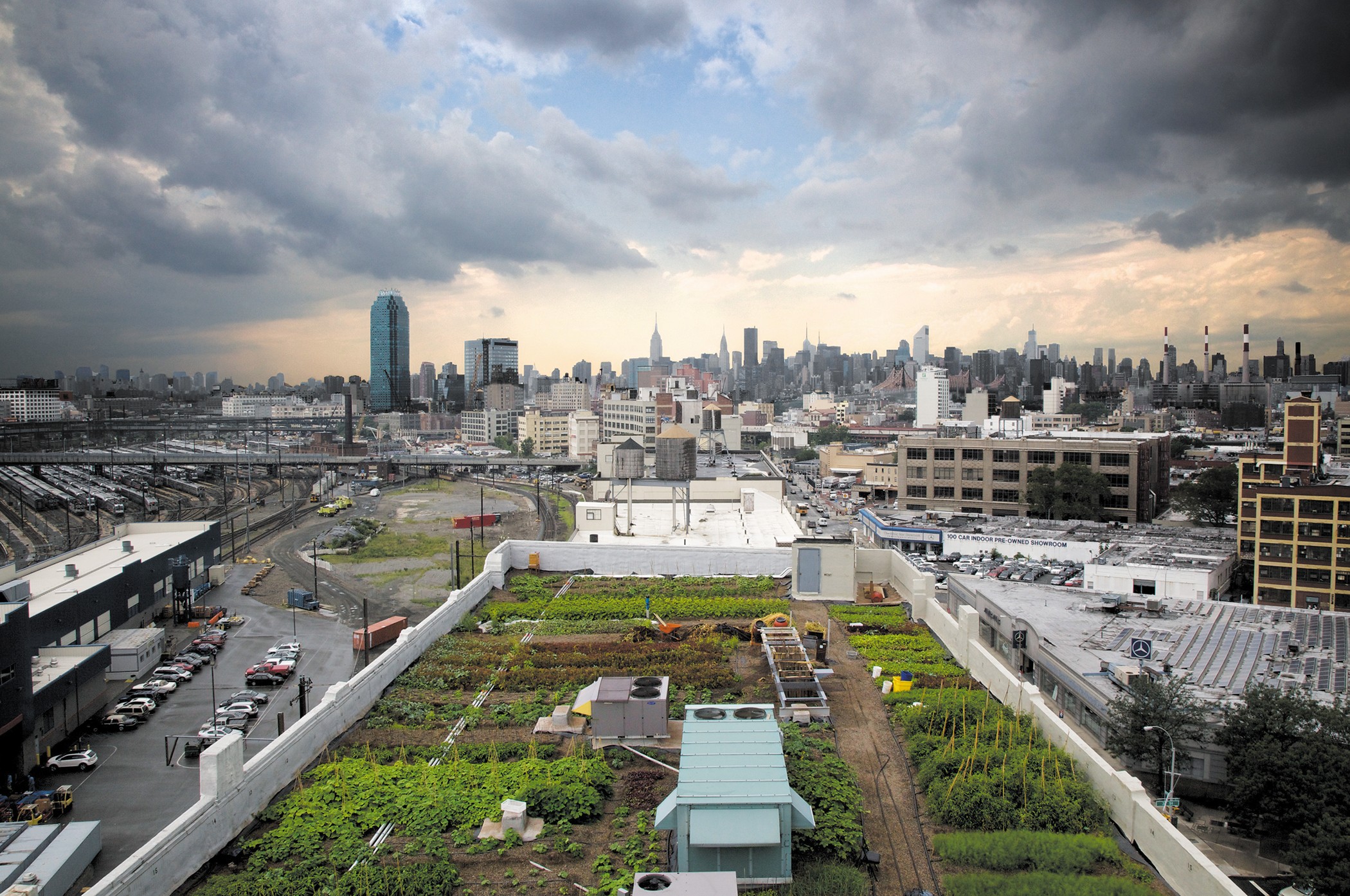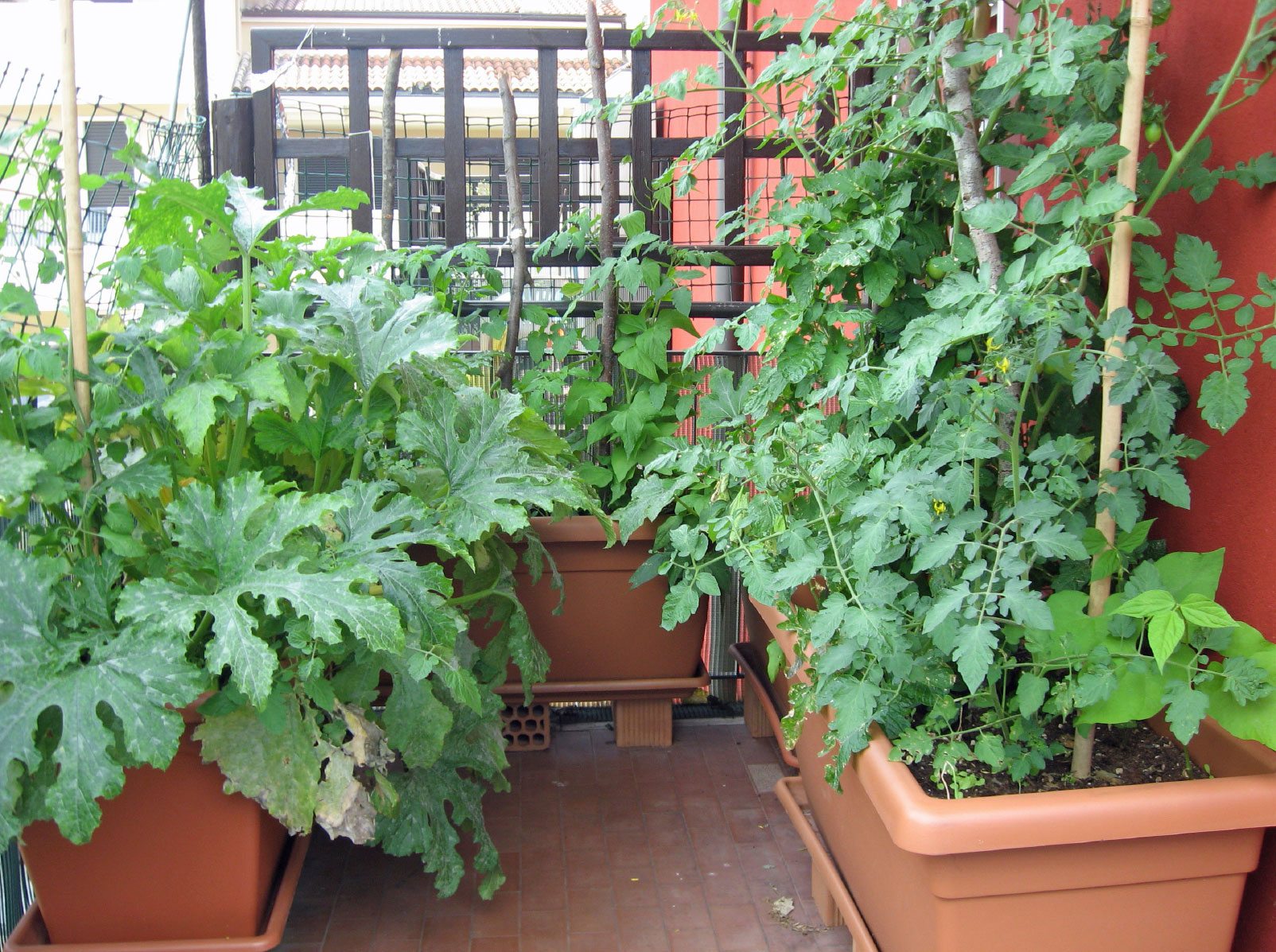Excitement About City Blooming
Excitement About City Blooming
Blog Article
Our City Blooming Statements
Table of ContentsSome Known Details About City Blooming Rumored Buzz on City BloomingHow City Blooming can Save You Time, Stress, and Money.The Best Strategy To Use For City BloomingFascination About City Blooming
Fascinated in expanding food offer for sale in the City of Chicago? Assuming regarding starting an area yard? Modifications to the Chicago Zoning Regulation permit agricultural uses like neighborhood yards and urban farms in many components of the city. Below is a checklist of regularly asked inquiries pertaining to the guidelines and laws that growers should consider when intending a metropolitan agriculture project.
The zoning amendment does not customize any type of other codes handling composting, structure authorizations, purchasing or leasing City owned residential or commercial property, business licenses or ecological contamination. There are existing codes that control these problems and they stay in full effect and may be suitable to your task. Neighborhood gardens are commonly owned or taken care of by public entities, public organizations or community-based companies and kept by volunteers.
Urban ranches expand food that is intended to be offered, either on a not-for-profit or for-profit basis. As a result of their industrial objective, metropolitan ranches call for a business license. Yes. An area yard is enabled to market excess create that was expanded on website if the sales are accessory or secondary to the yard's primary objective explained above.
The Only Guide for City Blooming
The quantity of garden compost material can not go beyond 25 cubic yards at any type of offered time according to the requirements in 7-28-715 of the City's Municipal Code. Since the dirt at many brand-new garden websites requires changing, garden compost, dirt, timber chips, or other products can be acquired to create or improve the growing space.

If a structure license is required after that the hoophouse will certainly be considered an accessory structure. You can learn even more regarding the building license requirements by contacting the Division of Buildings. The 25,000-square-foot dimension limit is planned to stop a solitary neighborhood garden from dominating a provided block or detracting from the block's existing residential or business character.
The limit does not put on gardens situated in Public Open Area (POS) areas. Can there be greater than one neighborhood garden that is 25,000 square feet on a solitary block? Yes. The dimension limitation uses to specific yards, not to specific blocks. No. Fence is not called for, however, yards that have big car parking areas may be called for to mount fence or other landscaping functions.
How City Blooming can Save You Time, Stress, and Money.
B1 & B2 districts call for that all business usage activities be performed inside. Is fencing required for urban ranches? Fences may be required, along with landscaping and testing, for certain car park areas and outside work or storage space locations depending on place and the specific activity taking location.
Yes. Urban ranches need building authorizations and zoning authorizations before construction. Other types of city testimonial may be required relying on specific frameworks, activities, dimension, landscape design, licensing, public health and stormwater management problems. A lot of these needs are determined in the project design or allowing process, nevertheless, the candidate might be liable to individually recognize details licenses or allows that may be required.
The Department of Service Affairs and Customer Security can assist determine the details type of company certificate that's required. Off street auto parking is needed for most business tasks in Chicago. The required number of auto parking areas is based on the number of why not find out more employees functioning on site and not the square video of the growing space.
Our City Blooming Diaries

Yes. A city ranch can market garden compost material produced on website, however, the procedure should adhere to the policies in 7-28-715 of the Chicago Municipal Code. Yes. Aquaponic systems are enabled inside on urban farms in numerous zoning areas. However, a zoning evaluation and building permit is needed in order to set up frameworks or systems and a business license is needed as defined over.
Up to five hives or colonies of honey might be maintained as an accessory usage. Nonetheless, beekeepers have to sign up with the Illinois Division of Farming. For more details about the proposed zoning change you may call the Department of Housing and Economic Growth, Bureau of Preparation and Zoning at 312.744.8563.
Farming in cities and metropolitan locations A metropolitan farm in Chicago. Urban agriculture describes numerous techniques of growing. https://cityblooming.start.page, processing, and distributing food in urban locations. The term additionally relates to the area tasks of animal husbandry, tank farming, beekeeping, and cultivation in a city context. Urban agriculture is distinguished from peri-urban agriculture, which takes area in country locations beside residential areas.
About City Blooming
, that seek to create social networks started on a shared principles of nature and area holism. These networks can establish by means of official institutional support, ending up being integrated right into regional town preparation as a "shift town" activity for sustainable city advancement.
In either case, the more straight accessibility to fresh veggie, fruit, and meat products that may be realised through metropolitan agriculture can enhance food protection and food safety and security while lowering food miles, bring about reduced greenhouse gas exhausts, thereby contributing to environment modification reduction. Some of the first proof of city farming comes from Mesopotamia.
Report this page